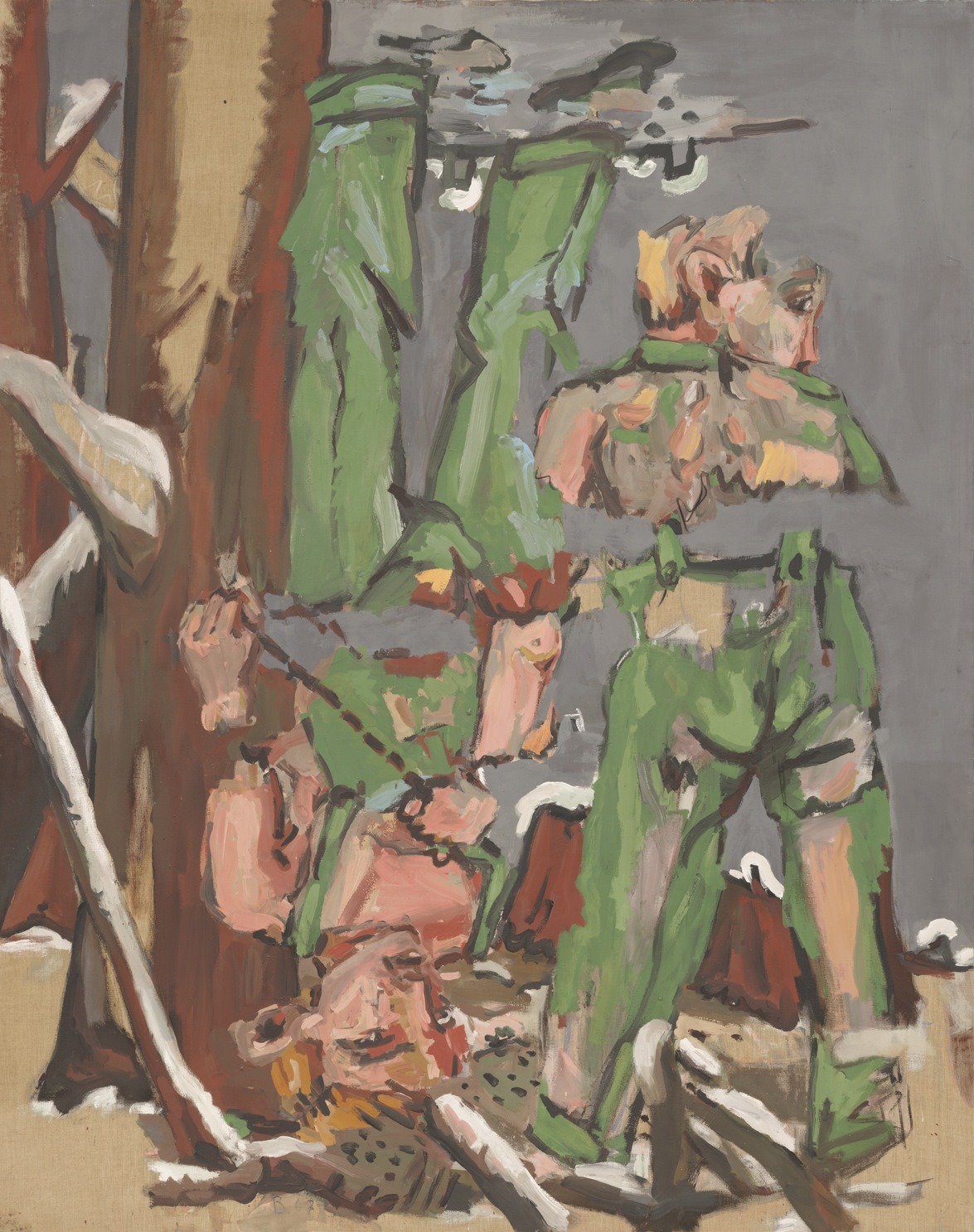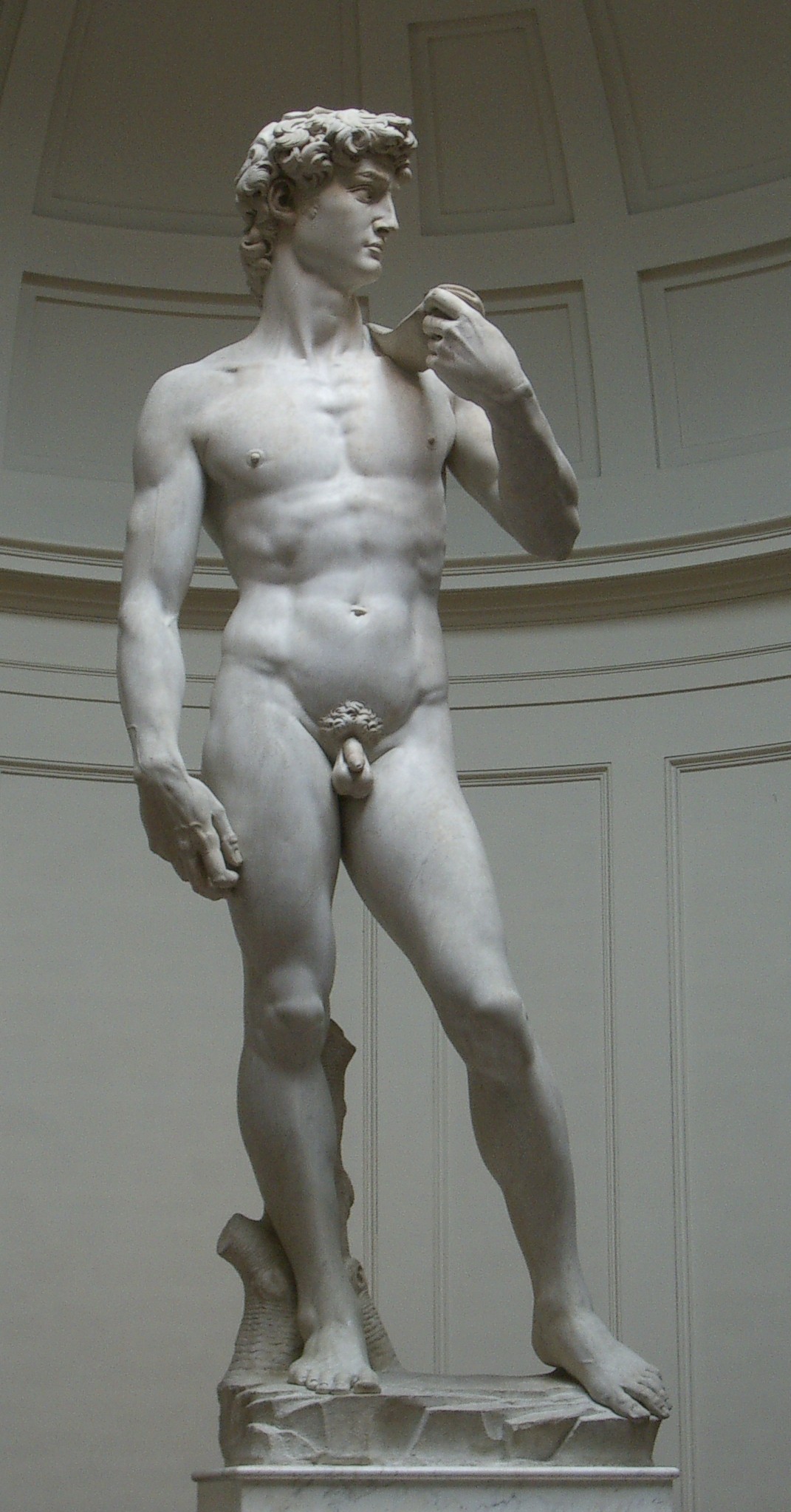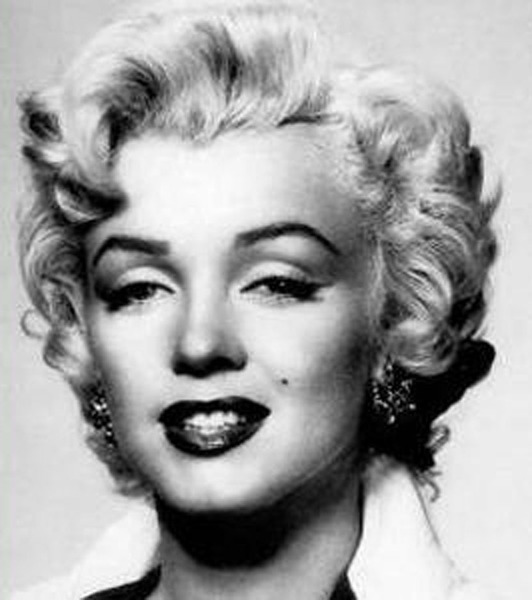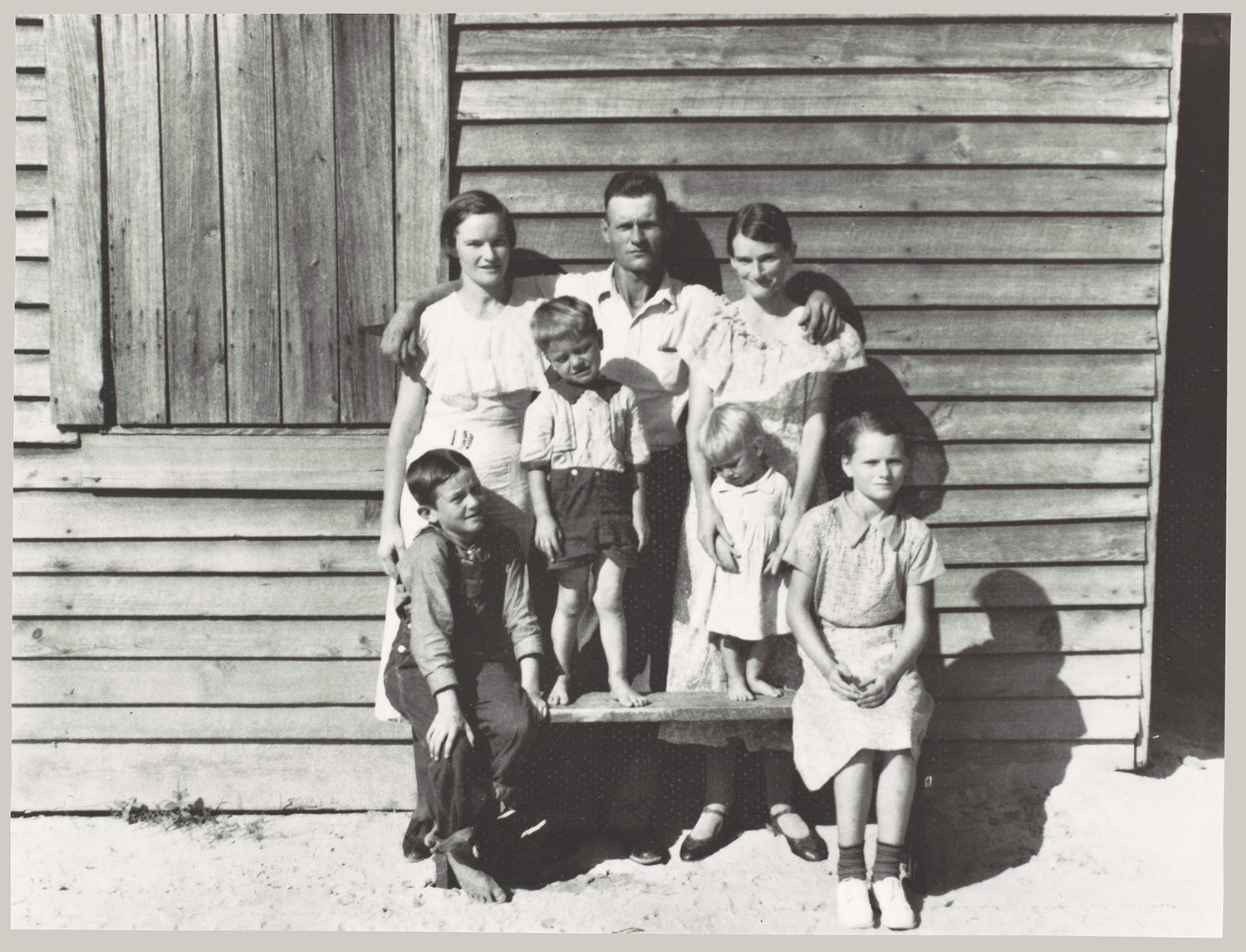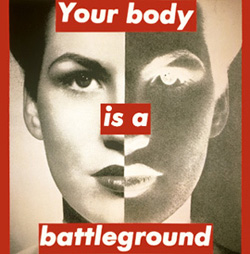Neo Expressionist (Expresionis Baru)
Apa yang ada sebelum ini?
Minimalism: Term used in the 20th century, in particular from the 1960s onward, to describe a style characterized by an economy of forms, no traces of the artist’s hand, and industrially processed materials. More at the Tate Glossary.
Conceptual Art: Term applied to work produced from the mid-1960s that either markedly de-emphasized or entirely eliminated a perceptual encounter with unique objects in favor of an engagement with ideas. Although Henry Flynt of the Fluxus group had designated his performance pieces "concept art" as early as 1961, and Edward Kienholz had begun to devise "concept tableaux" in 1963, the term first achieved public prominence in defining a distinct art form in an article published by Sol LeWitt in 1967. Only loosely definable as a movement, it emerged more or less simultaneously in North America, Europe, and Latin America and had repercussions on more conventional spheres of artistic production spawning artists’ books as a separate category and contributing substantially to the acceptance of photographs, musical scores, architectural drawings, and performance art on an equal footing with painting and sculpture. © 2009 Oxford University Press. More at MoMA's online collection.
Para Neo Expressionist (Expresionis Baru) merangkul "seni lukis yang dianggap sudah mati" dan menekankan subyektifitas, emosi yang kuat, otobiografi, memori, psikologi simbolisme, sastra dan naratif.
Karakteristiknya:
• tampilan yang teknis, tematis
• cara penanganan material yang taktil, mentah & sensuous.
• mengekpresikan emosi secara menggetarkan
• subyeknya seringkali memperlihatkan keterkaitan dengan masa lalu, apakah itu sejarah kolektif atau kenangan pribadi, yang ditelusuri melalui alegori atau simbolisme.
• Karya-karya Expresionis Baru menarik garis dari sejarah seni lukis, patung & arsitektur, dengan menggunakan materi & tema tradisional
Joseph Beuys: German sculptor, performance artist, printmaker, and teacher. He opposed the concept of art as based on such autonomous genres as panel painting and sculpture. Instead he pursued in his performance art ("Aktionen") and sculpture an "expanded concept of art," aimed at a total permeation of life by creative acts. © 2009 Oxford University Press. More at MoMA’s online collection.
• Expresinya yang penuh dengan keterlibatan politis didambakan para Expresionis Baru.
Phillip Guston: American painter. More at MoMA’s online collection.
• Mengagetkan dunia seni dengan karyanya komikalnya yang figuratif secara berani.
A.R. Penck: German painter, draughtsman, sculptor, filmmaker, writer, and musician. More at MoMA’s online collection.
• Mengagetkan dunia seni dengan karyanya komikalnya yang figuratif secara berani.
A.R. Penck: German painter, draughtsman, sculptor, filmmaker, writer, and musician. More at MoMA’s online collection.
• terdiri dari karya cetak dan lukisan dengan stick figures & lambang-lambang hieroglif
• mengingatkan kita pada Die Brucke
Gerhard Richter:
• abstraksinya, menggunakan warna-warna expresif yang berlapis-lapis dari perupa Die Brucke dengan nada-nada warna lirikal dari Der Blaue Rieter.
• ia membuat abstraksi yang tegas, jelas, dan merupakan refleksi pada simbolisme terhadap abstraksi dan warna yang dihasilkan sepanjang sejarah
• serta mengingatkan pada aspirasi utopian dari para perupa pelopor dari Jerman
Seni merupakan bentuk tertinggi dari harapan.
Para Ekpresionis Baru mengkonfrontasi sejarah Jerman yang sebagaian besar waktunya dihabiskan sebagai bangsa yang terbelah.
Anselm Kiefer: German painter. More at MoMA’s online collection.
• lukisan politisnya yang teridealisasi
• kaya dengan tekstur
* menyertakan jerami, tar, pasir & timbel
• berlapis dengan referensi pada mitologi Nordik dan Jerman
• membahas Nazisme, Perang (Dunia), serta identitas dan kebangsaan Jerman
• karya-karyanya "memaksakan" redemption & rehabilitasi negara
• Karakteristik karyanya: menggunakan woodcut atau cukil kayu
• kayu menjadi semacam metafor untuk Jerman.
Georg Baselitz: German painter, draughtsman, printmaker and sculptor.
• perangkat piktorialnya yang menjadi "tanda tangannya" adalah figur terbalik.
• suatu figur dalam daya yang energetik dari garis dan warna.
• ia menolak Tachisme yang dianggapnya dekoratif.
Tachisme: French style of abstract painting popular in the 1940s and 1950s. It is often considered to be the European equivalent to abstract expressionism. More at Wikipedia.
Drypoint: Type of intaglio print. The process involves scratching lines or tones into the surface of a bare metal plate with a sharp point or other abrasive tool. The term may also refer to the process or to the tool used. © 2009 Oxford University Press. More from MoMA's online collection.
A.R. Penck: German painter, draughtsman, sculptor, filmmaker, writer, and musician. More at MoMA’s online collection.
• "hijrah" dari Jerman Timur ke Barat
• karyanya dikenal dengan perbendaharaan "kata" yang terkodifikasi
• terdiri dari stick figures & simbol, yang didapatnya dari sejarah komunikasi, mulai dari lukisan/gambar di gua-gua purbakala.
• Ia membahas tema-tema sosial politis, tentang identitas & rationalitas, suatu kebutuhan individu untuk menegaskan diri mereka dalam masyarakat yang kolektif.
• melukis dalam gaya realis yang terrinci dan sangat terkonsepsikan.
• membahas soal individu yang terperangkap dalam kehidupan modern Jerman yang kontradiktif.
Sigmar Polke: German painter. More at MoMA’s online collection.
• menampilkan kompleksitas kehidupan Jerman dengan menghubungkannya dengan praktek seni di Amerika, terutama pop art dan apropriasi.• ia tergabung dalam kelompok "Capitalist Realism"
• menggunakan proses ben-day tak lama setelah digunakan oleh Roy Lichtenstein.
Di Amerika Serikat Ekpresionis Baru menampilkan pergulatan dengan gaya hidup dengan lukisan-lukisan besar
Julian Schnabel: American painter. More at MoMA’s online collection.
• citra-citra yang dikutip dari sejarah
Eric Fischl: American painter, draughtsman, and printmaker. More at MoMA’s online collection.
• menampilkan karya-karya voyeuristik, soft porn, psychodrama dari Amerika kulit putih dan hidup di kawasan suburban.
New Image Painting: Term applied since the late 1970s to the work of certain painters who work in a strident figurative style, often with cartoonlike imagery and abrasive handling owing something to Neo-Expressionism. More at the-artists.org.
• beberapa perupanya merupakan mahasiswa Yale dan belajar pada Joseph Albers
• berhubungan dengan struktur seni lukis sebelumnya dalam kesederhanaaan dan minimalisme strukturnya, elemen proses & pertunjukan, serta cara ekspresi verbal.
• berhubungan dengan struktur seni lukis sebelumnya dalam kesederhanaaan dan minimalisme strukturnya, elemen proses & pertunjukan, serta cara ekspresi verbal.
Joseph Albers: Painter, printmaker, sculptor, designer, writer, and teacher. Albers was the longest-serving member of the Bauhaus when it was closed under pressure from the Nazis in 1933, and he was among the faculty members who agreed with its director at the time, Mies van der Rohe, that the school be shut down. Albers and his wife Anni Albers, whom he had married in 1925, were asked in the same year to teach art at the newly formed Black Mountain College in North Carolina on the recommendation of Philip Johnson at MOMA in New York; they remained there until 1949, and Albers became one of the best-known and most influential art teachers in the United States. © 2009 Oxford University Press. More at MoMA’s online collection.
Elizabeth Murray: American painter, printmaker, and draughtsman. More at MoMA’s online collection.
Jennifer Bartlett: American installation artist, painter, printmaker, and sculptor. More at MoMA’s online collection.
Jack Tworkov: American painter. View the artist’s website.
Jonathan Borofsky: American artist. View the artist’s website.
German Expressionism: Expressionism in the fine arts developed from the Symbolist and expressive trends in European art at the end of the 19th century. The period of "classical Expressionism" began in 1905, with the foundation of the group Die Brücke, and ended c. 1920. Although in part an artistic reaction both to academic art and to Impressionism, the movement should be understood as a form of "new Humanism," which sought to communicate man’s spiritual life. In order to communicate the human spiritual condition the Expressionists made use of new, strong, assertive forms, often violently distorted, symbolic colors, and suggestive lines. Their work also showed an interest in Primitivism. More at MoMA's online collection.
Brücke: German group of painters and printmakers active from 1905 to 1913 and closely associated with the development of Expressionism. © 2009 Oxford University Press.
Richard Wagner (1813-1883): German composer, conductor, theater director, and essayist, primarily known for his operas (or "music dramas," as they were later called). More at Wikipedia.
Linocut: Type of relief print in which linoleum is used as the printing surface. Using gouges and knives, the artist cuts the design into linoleum, a man-made sheet flooring composed primarily of oxidized linseed oil and ground cork. © 2009 Oxford University Press. More at MoMA’s online collection.
Paula Cooper Gallery: New York City gallery. View the gallery’s website.
Louise Bourgeois: American sculptor, painter, and printmaker of French birth. More at MoMA’s online collection.
Leon Golub: American painter. More at MoMA’s online collection.
Cy Twombly: American painter, draughtsman, printmaker, and sculptor. Action painting, in particular, became his point of departure for the development of a highly personal "handwriting" that served as a vehicle for literary content. © 2009 Oxford University Press. More at MoMA’s online collection.
Lucian Freud: British painter and draughtsman. More at MoMA’s online collection.
Arnulf Rainer: Austrian painter, printmaker, and photographer. More at MoMA’s online collection.
Linocut: Type of relief print in which linoleum is used as the printing surface. Using gouges and knives, the artist cuts the design into linoleum, a man-made sheet flooring composed primarily of oxidized linseed oil and ground cork. © 2009 Oxford University Press. More from MoMA's online collection.
Actionism: English version of general German term for Performance art, but was specifically used for the name of the Vienna-based group Wiener Aktionismus founded in 1962. The principal members of the group were Gunter Brus, Hermann Nisch, and Rudolph Schwarzkogler. Their "actions" were intended to highlight the endemic violence of humanity and were deliberately shocking, including self-torture, and quasi-religious ceremonies using the blood and entrails of animals. More at the Tate Glossary.
Vienna Actionists: The work of the Viennese Actionists is probably best remembered for the wilful transgressiveness of its naked bodies, destructiveness, and violence. Often, brief jail terms were served by participants for violations of decency laws, and their works were targets of moral outrage. More from Wikipedia.
Drypoint: Printmaking technique of the intaglio family, in which an image is incised into a plate (or "matrix") with a hard-pointed "needle" of sharp metal or diamond point.
Neo-Expressionism: This term came into use in about 1980 to describe the international phenomenon of a major revival of painting in an Expressionist manner. It was seen as a reaction to the Minimalism and Conceptual art that had dominated the 1970s. More from the Tate Glossary.
Performance Art: Descriptive term applied to "live" presentations by artists. It was first used very loosely by artists in the early 1960s in the United States to refer to the many live events taking place at that time, such as Happenings, Fluxus concerts, Events, body art, or (in Germany) Aktionen and Demonstrationen. © 2009 Oxford University Press. More at MoMA's online collection.







